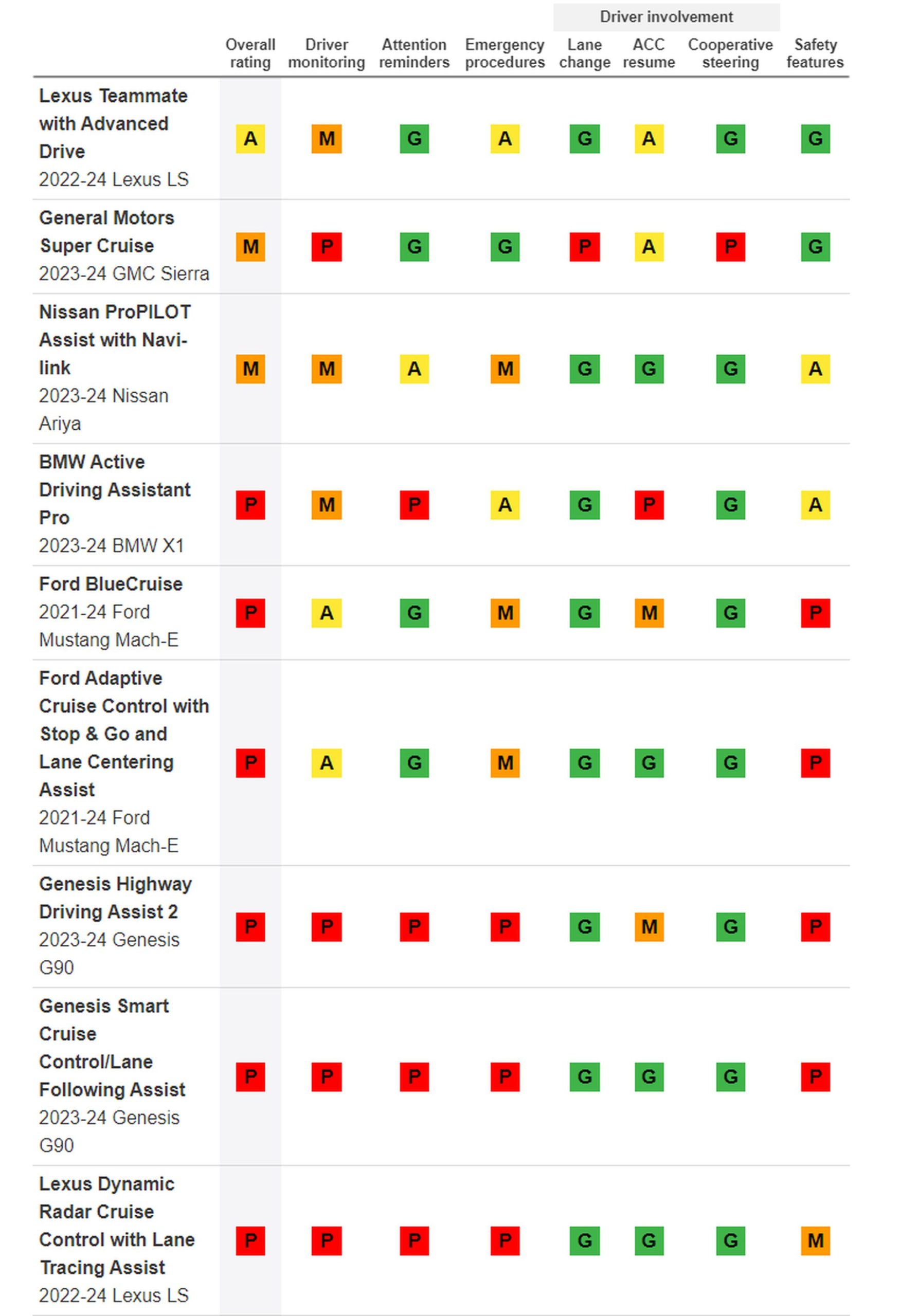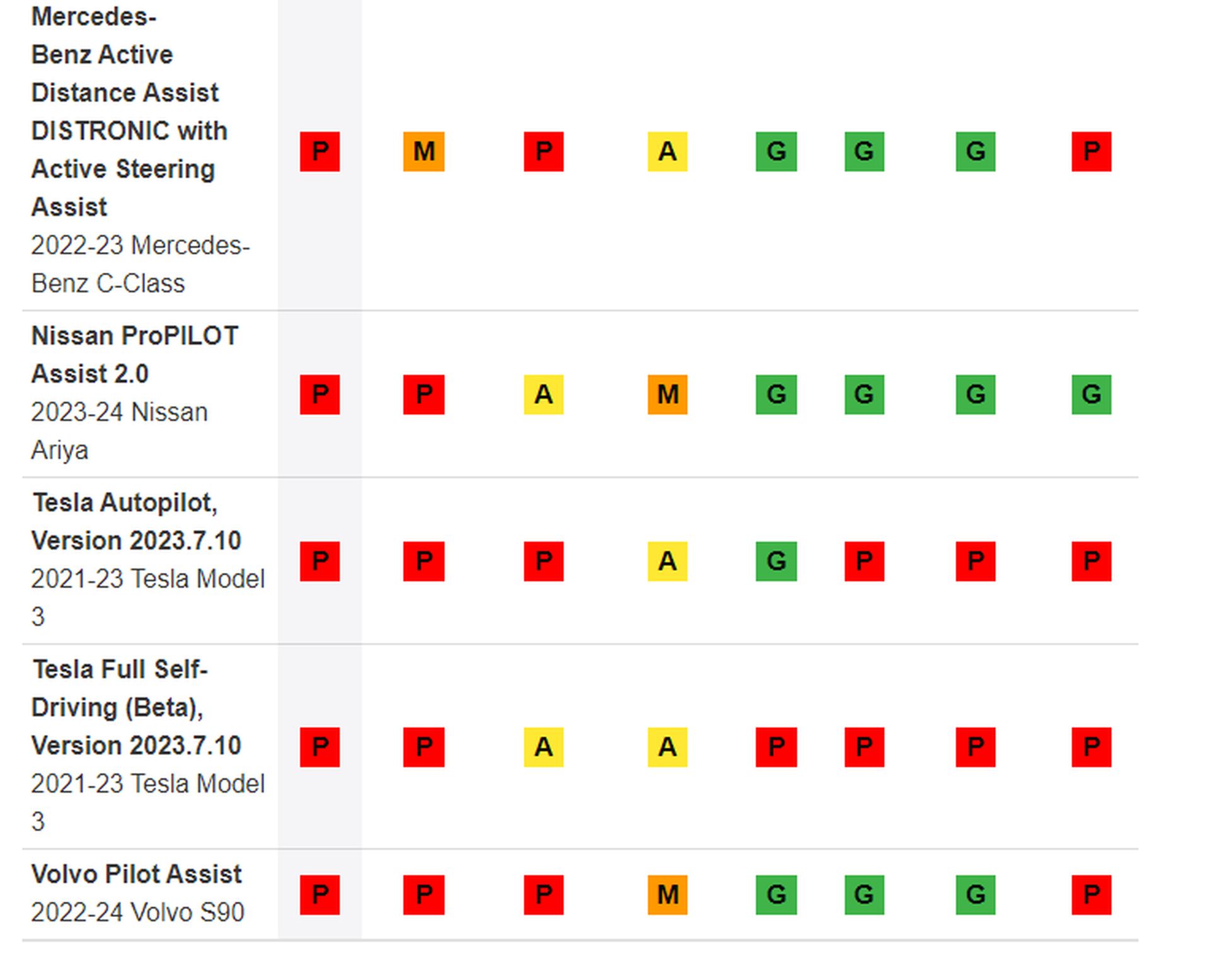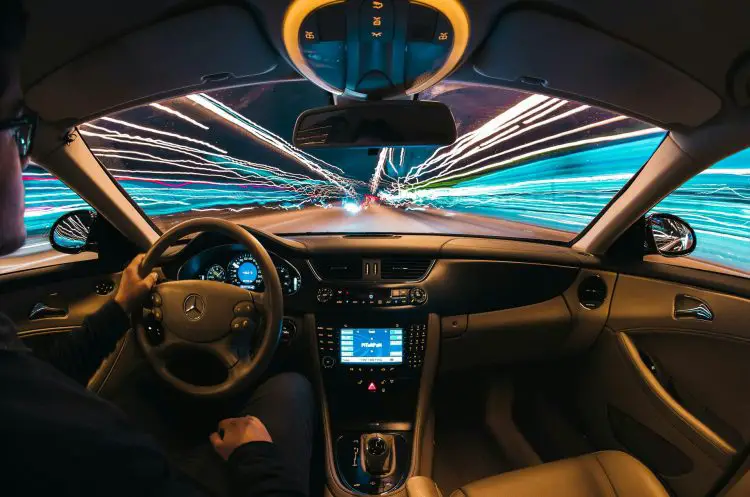The Insurance Institute for Highway Safety (IIHS) tested 14 EV systems, including popular partially automated driving systems such as Tesla‘s Fully Automated Driving and GM’s Super Cruise, and found only one acceptable.
Autonomous driving technology has improved significantly in recent years. Until we reach fully autonomous driving, “partially automated” driving systems will be in place. While these systems allow drivers to automate some tasks, there are concerns about whether they provide full safety.
What did the IIHS tests find in EVs?
In IIHS tests, 11 systems were rated “poor“, 2 systems were rated “marginal” and only Lexus’ Advanced Driving Teammate system was rated “acceptable“.
IIHS President David Harkey said the test results were alarming and emphasized that drivers should be careful given how fast vehicles with these systems hit the roads.

In the tests, the IIHS found that the systems failed to monitor driver attention and were easily fooled. Some systems continued working even when drivers were not wearing seat belts.
Other tests used methods such as covering the driver’s face with a scarf to hide it from in-car cameras and sensors and attaching ankle weights to the steering wheel to simulate the driver’s hands on the wheel.

You can check the results of these tests by visiting this link.
Is the future bright?
The IIHS also noted that none of the vehicles tested performed well overall, but all performed well in at least one category. This means that some systems could be improved with a simple software update.
The IIHS warned drivers not to trust partially automated systems blindly and always to be vigilant.
Featured image credit: Samuele Errico Piccarini / Unsplash





